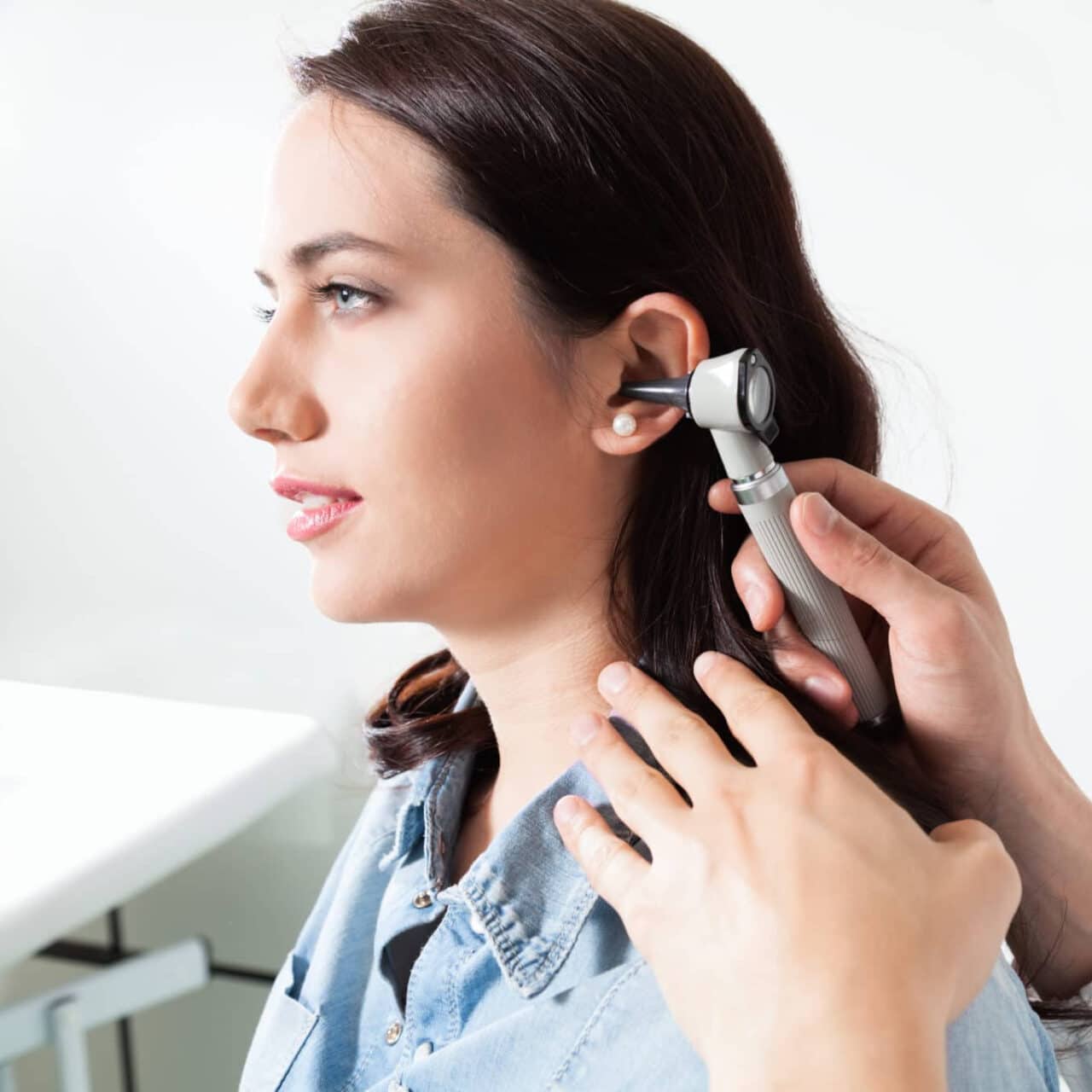What Causes Earaches?
Ear pain, commonly referred to as an earache, is a common complaint and can result from infection, poor Eustachian tube function, or temporomandibular joint problems (TMJ). Other causes include ear trauma, perforated eardrum, sinus infection, sudden changes in pressure, excess buildup of earwax, sore throat, shampoo or water in the ear, tooth infection, and a foreign object in the ear.
What Are the Symptoms of an Earache?
Ear pain is a pain in one or both ears that may be dull, sharp, or burning. It can be constant or intermittent, and is common in children. Symptoms will vary depending up on the cause of the ear pain; however, symptoms may include redness, swelling, fever, fullness or pressure, itching, drainage, decreased hearing, and tinnitus (ringing in one or both ears).
When Should You See an ENT?
If you are experiencing severe ear pain, dizziness, headache, a discharge of blood or pus from the ear, swelling, and facial muscle weakness, seek medical attention. If pain does not dissipate in 24 to 48 hours or worsens, or your symptoms continue, see a doctor. A sudden decrease in severe pain also warrants medical attention, as it may indicate a ruptured eardrum.
How Are Earaches Treated?
Since there are many causes of earaches, treatment will depend on the cause. Treating the cause should relieve ear pain in most situations.
In the meantime, there are steps you can take to treat ear pain at home. Apply a cold, wet washcloth to the ear for at least twenty minutes. Lay on the side with the ear that doesn’t hurt closest to the ground. Sit in an upright position to reduce ear pressure, chew on something to help relieve pain, and use over-the-counter pain relievers. Eardrops can also be administered, unless you suspect an eardrum perforation.
Reduce the Chance of an Earache
To help prevent earaches, refrain from inserting objects in your ears. Dry your ears thoroughly after bathing or swimming, avoid tobacco smoke, and reduce your exposure to allergy triggers such as pollen and dust. Do NOT use Q-Tips in ears.
What Does an Eardrum Do?
The eardrum has two main roles:
Hearing: Your eardrum vibrates when sound waves strike it. In turn, structures in your middle and inner ear translate sound waves into nerve impulses.
Protection: Your eardrum acts as a barrier to protect your middle ear from water, bacteria, and foreign substances.
What is an Eardrum Perforation?
An Eardrum perforation is a hole or rupture in the eardrum. This tear occurs in the membrane separating your outer ear from your middle ear.
Eardrum perforation can lead to a middle ear infection and possible hearing loss, though it can heal without medical treatment in some cases.
How Does a Perforation Effect Eardrum Functions?
A rupture or perforation creates a hole in the tympanic membrane. This impairs its ability to vibrate, which can contribute to a loss of hearing and may allow bacteria to enter the ear and cause an ear infection (otitis media).
What Can Cause Eardrum Perforations?
Eardrum perforations are most often caused by:
Infection: Middle ear infections cause a buildup of pressure that may result in a ruptured eardrum.
Injury: Injury or trauma to the ear and head, like a sudden loud noise or skull fracture, can cause an eardrum to rupture. Inserting objects such as bobby pins or Q-tips in the ear to clean wax can cause an accidental rupture.
Eustachian tube disorders: Chronic Eustachian tube problems can weaken the eardrum, making it more prone to perforation.
What Are the Symptoms of a Perforated Eardrum?
Some people are completely unaware of a ruptured eardrum; there may be a complete lack of symptoms or only a feeling of general discomfort. Other times, people will experience:
- A sudden sharp pain in the ear.
- A discharge of fluid that may be bloody, clear or pus-like.
- A buzzing or ringing in the ear.
- Partial or complete hearing loss in the affected ear.
- Ear infection.
- Facial weakness or dizziness.
How Are Eardrum Perforations Diagnosed?
An ENT specialist will examine your ears with an otoscope or with a microscope to visually identify a hole or tear in the eardrum. A hearing test may be required.
If your physician can’t see the rupture but suspects you have one, they may use a process called tympanometry to create pressure variations in your ear canal. A perforated tympanic membrane produces a flat test response and may cause conductive hearing loss.
How is an Eardrum Perforation Treated?
Because most perforated eardrums heal on their own in a few months, no treatment may be needed. In some cases, an antibiotic may be prescribed to treat an infection. Nonprescription pain medication and a warm compress can help. Large perforations may require surgery.
While the rupture is healing, you’ll need to keep the ear dry, avoiding water as much as possible.
How Long Does a Perforated Eardrum Take to Heal?
Eardrum perforations can self-heal within three to six months. If complications arise, it may take longer for the eardrum to heal.
Call Midwest ENT Centre at (636) 441-3100 for more information or to schedule an appointment.
